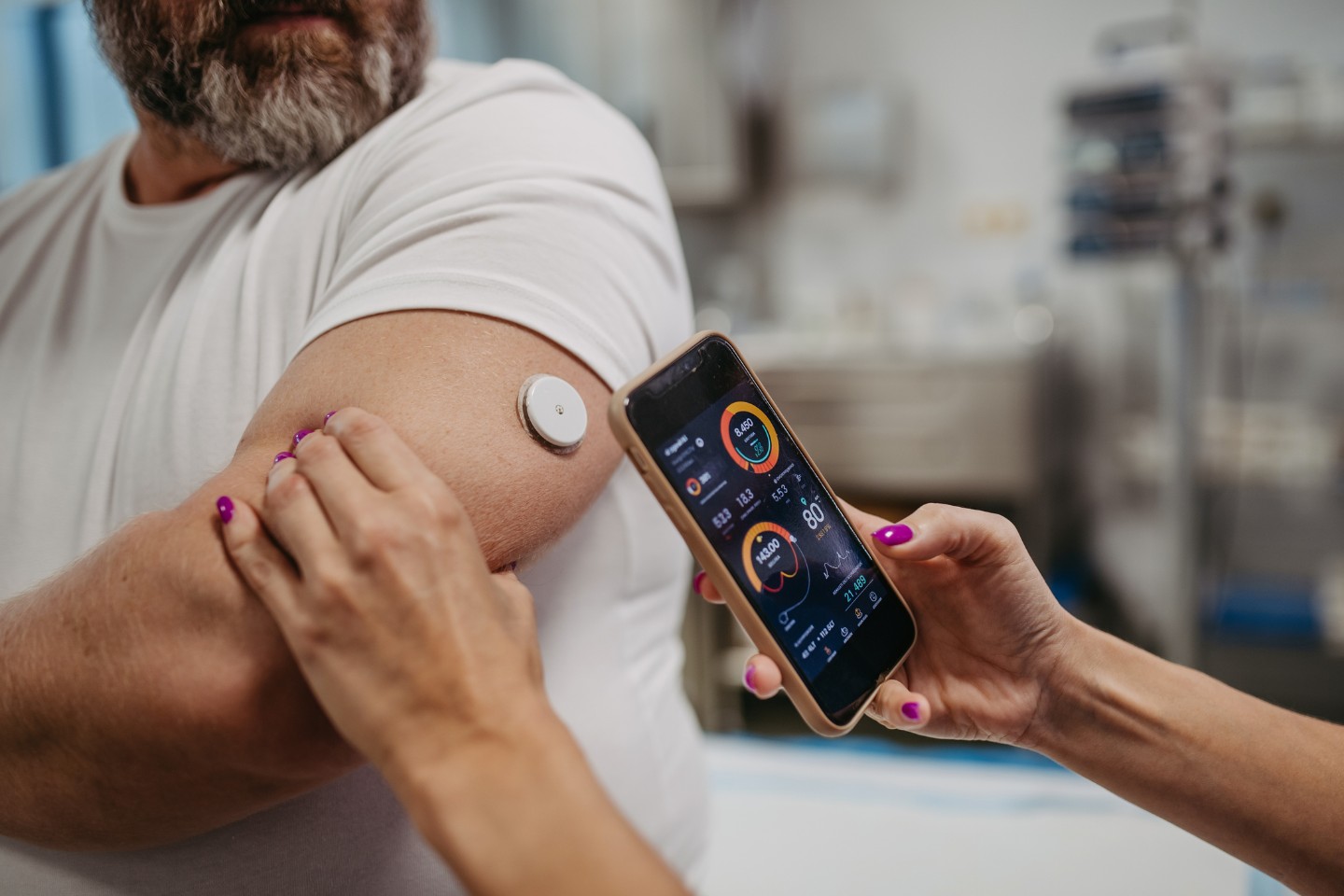What is a CGM?
Continuous glucose monitors (CGMs) are often utilized by individuals with diabetes as a way to continuously check and monitor their blood sugars. A CGM may improve the management of diabetes. There are many benefits to utilizing CGMs, due to immediate feedback regarding how and what factors influence blood sugars, which can positively impact behavior change.
Blood Sugar Monitoring and Food Choices
One example is how CGM use can lead to improvements in dietary intake. If you do not see your blood sugar levels consistently throughout the day, you may not be aware of when or how a food or beverage impacts your blood sugars. CGM devices not only help you learn which foods increase your blood sugars, but also which ones do not have large impacts and may be eaten more often. Additionally, CGM devices can aid in choosing the proper portions of foods, including different types of carbohydrates, fats, and proteins that work best for your body. CGM devices not only provide awareness of nutrition intake blood sugar patterns, but also provide a source of accountability to aid in adherence to healthy eating goals.
Exercise
These devices also show how exercising and moving more positively impact blood sugar levels. According to the American Diabetes Association, individuals with diabetes should aim to achieve at least 150 active minutes per week. A CGM can show this positive impact and may serve as a motivator to meet that weekly goal.
Medication Guide
A CGM also provides insight on whether the medications taken to manage diabetes are working as intended for an individual. For example, if an individual is taking insulin, the CGM will show if that medication and dose are aiding in optimal glucose control. A medical provider will analyze blood sugar trends via CGM data when recommending adjustments to diabetes medications.
Hypoglycemia
Additionally, a CGM alerts an individual when they are experiencing a low blood sugar, known as hypoglycemia. Most CGM devices sound an alarm when blood sugars are dropping too low. While many individuals experience hypoglycemia-related symptoms, such as becoming shaky or sweaty, a CGM will confirm and help them understand what it feels like to drop low. For individuals who do not experience symptoms of low blood sugars, known as hypoglycemia unawareness, these alarms are significant in being able to properly recognize and treat low blood sugars. Based on your glucose trends displayed on the CGM, one can see if the implemented treatment plan resulted in the resolution of the low blood sugar.
Overall, a CGM device may better put into perspective an individual’s overall control of diabetes. If you are interested in discussing if this would be a possible and helpful tool for your diabetes management plan and journey, please reach out to your medical provider for more information.





